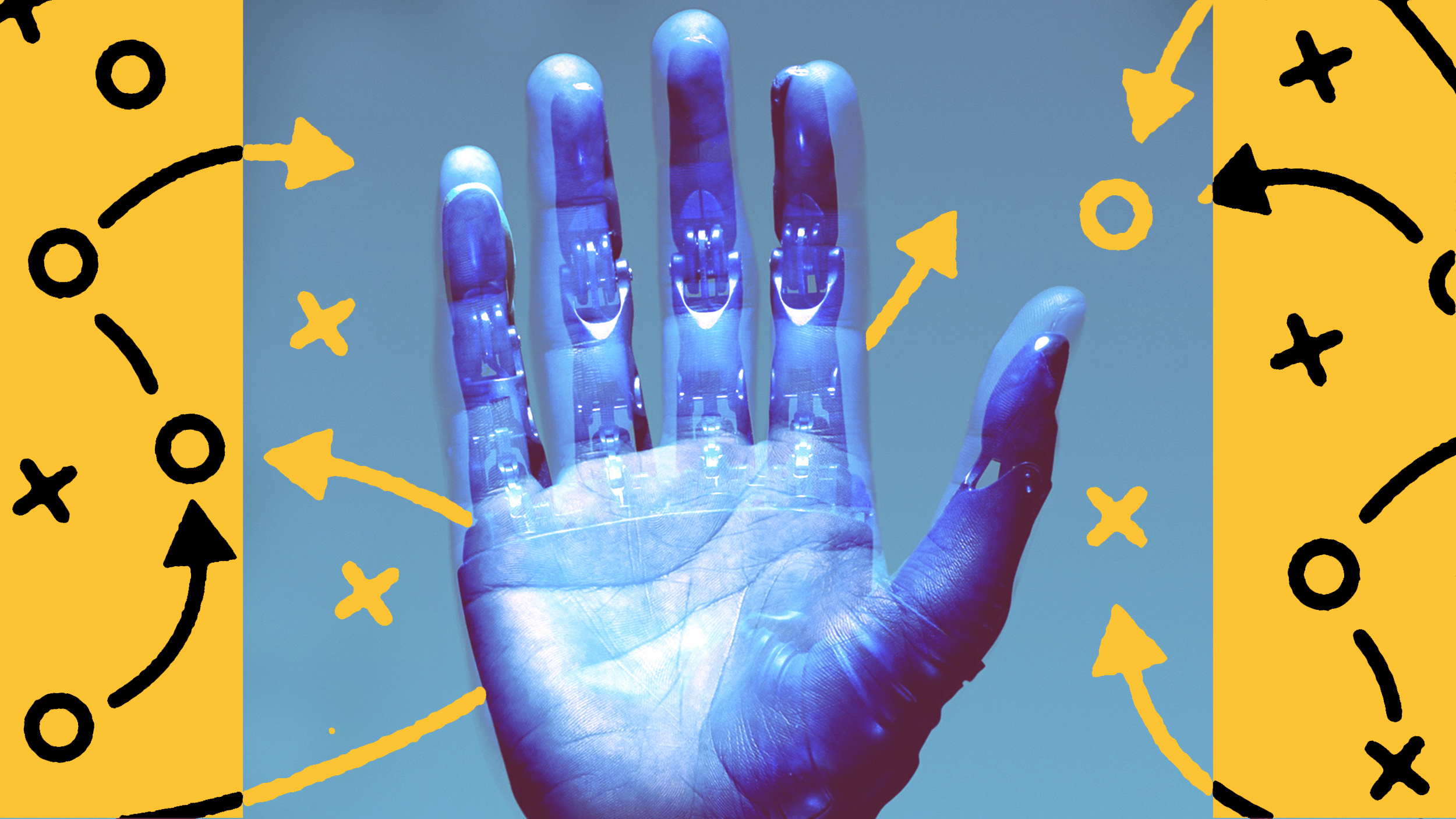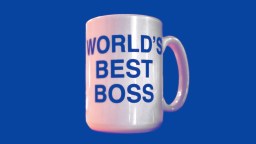Improve Your Decision-Making Process: Problem Solving Examples in the Workplace

Being able to solve problems and make decisions quickly and effectively are essential skills in both personal and professional life. However, not everyone is good at problem solving and decision-making. The best decision makers employ the same basic approach to identifying and solving problems, incorporating one or more of the approaches discussed below.
According to Career Builder, there are typically four stages to problem solving:
- Define the Problem. This stage involves identifying the issue to come up with a detailed idea of what’s wrong.
- Brainstorm Alternatives. This critical stage of problem solving involves a balance of logical thinking and creativity to assess and compare alternatives.
- Choose the Best Strategy. Carefully consider all options and decide which strategy is the best for your organization’s particular issue.
- Implement Your Solution. This is the critical peak of the problem solving process.
Problem Solving Processes
Some experts argue that there are two main approaches to problem solving when making a decision: You can either rely on your insight (your “gut” feeling) or analyze the situation.
One study suggests that the former is the most effective approach:
“Insight solutions have superior accuracy because they emerge into consciousness in an all-or-nothing fashion when the unconscious solving process is complete, whereas analytic solutions can be guesses based on conscious, prematurely terminated, processing.
However, not all experts agree. According to Big Think expert, theoretical physicist, and author Geoffrey West, a mix of reductive analysis and systems thinking is the best way to create solutions.
In his expert class “Systems Thinking 101: A New Approach to Problem-Solving,” West says:
“So, we have to sort of… not necessarily abandon, but we have to at least supplement and complement traditional reductionistic thinking with a more holistic, integrated, systematic view where we see the system as a whole and start to think of its collective characteristics.”
Integrate Interdisciplinary Innovation in Problem Solving
Big Think expert and Creative Commons CEO Joi Ito, who served as the director at MIT’s Media Lab and championed the institution’s interdisciplinary approach to problem-solving, believes the greatest asset to problem solving is learning as much as possible about a diverse group of subjects. While many professionals are highly specialized in one field or area, this approach emphasizes the need to “deep dive” and learn about a number of subjects. Gaining this varied knowledge can help employees better understand the nuances of a given field and collaborate where necessary with key experts.
Maintain Transient Diversity to Include Different Perspectives
Maintaining diversity of thought is an essential component in the success of an organization’s decision-making process. However, there is a caveat: If people are “dug in” to their divergent opinions and are unwilling to consider other perspectives, it creates other issues. According to Big Think expert, game theorist, and author Kevin Zollman, groups require the flexibility of transient diversity.
The idea is to create groups of people who have personalities that are diverse but are not stubbornly set in their ways:
“They’re diverse enough so that in the beginning they don’t all jump on board with one solution too quickly, but they’re not so set in their ways that when the best solution comes up they can’t all jump on board with that one.”
How Leaders Solve Problems in the Workplace
Some business leaders choose to approach decision making and problem solving by seeking out dissenting opinions from employees. For example, John Mackey, the CEO of Whole Foods, shared in a Big Think interview that he has employed this approach to learning from his employees’ divergent opinions so he can find and address flaws in each solution and come to a decision more easily. This process allows him to address issues more efficiently and also gain buy-in from the rest of the organization’s leadership.
Another Big Think expert, Robert S. Kaplan, who serves as president and chief executive of the Federal Reserve Bank of Dallas, says that leaders need to be willing to let go of their pride and ask for advice from employees and subordinates. This approach provides vital insight and unexpected perspectives that can help leaders correct blind spots in their decision making process.




